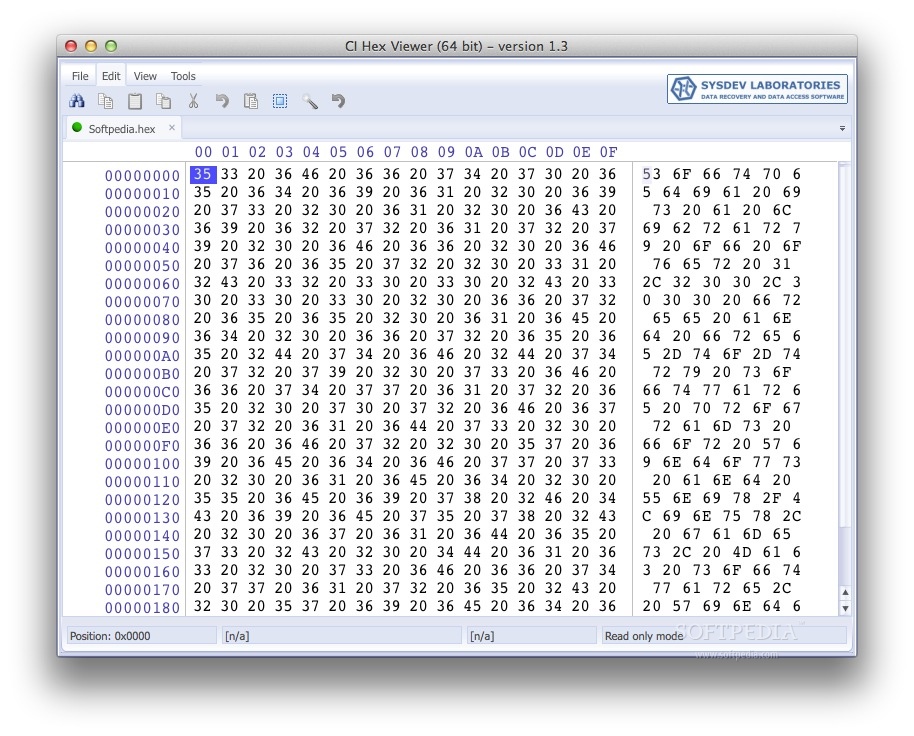


Most of these mentioned hex editors are available to install from the default repository using your distribution’s package manager, like so: # yum install package Of course, there are many other things you can use hex editors – for example reviewing files with the unknown file format, performs hex comparison, reviewing program memory dump, and others. Some of the most commonly used cases are debugging or reverse engineering binary communication protocols. Hex editors are used for editing individual bytes of data and are mostly used by programmers or system administrators.

The difference between a regular text editor and the hex editor is that the regular editor represents the logical content of the file, while a hex editor represents the physical contents of the file. In simple words, a hex editor allows you to examine and edit binary files. But before we start, let’s look at what a hex editor really is. In this article, we are going to review some of the best hex editors for Linux.


 0 kommentar(er)
0 kommentar(er)
